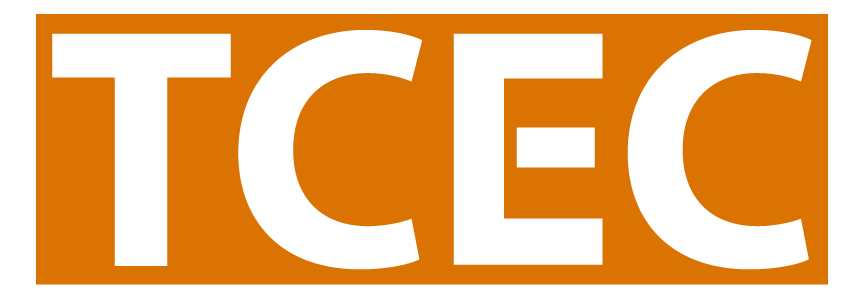
Making Sense: Using FER Feedback to Tell a Better Story
by Robin Kipke
What’s in a score? When it comes to the ratings given your Final Evaluation Reports, it’s true that the whole is more than just the sum of its parts. In other words, it’s really not about the numerical score your report received.
Whether you did better than you hoped or worse than you expected, what’s important is the feedback the TCEC reviewer is giving about how well you told the story of your project and where your report could be improved.
Don’t make it about the score
The scores, which measure the various elements of a final evaluation report outlined in the reporting guidelines of Tell Your Story, are useful only in that they can give projects a general idea of where they are in terms of meeting the mark of telling an effective story about their efforts on a particular objective. Good and Exemplary reports (receiving 51-68 points) will be archived in ROVER as useful examples of effective write-ups of either project interventions and/or evaluations. Fair and Poor scores indicate that there is still a lot of room for improvement in future report writing.
Remember that a final evaluation report should not only tell the story of what happened as your project worked on a particular objective, it also should describe how you went about it. If critical pieces of the picture were left out, your report lost points according to the related section of the rating form. When that happened, reviewers specified what seemed lacking.
How should feedback be used?
We hope that project directors will use the feedback as an opportunity to meet with evaluators and staff look at where there was a mismatch between the way information was presented about your efforts and the expectations outlined in Tell Your Story. Take some time to sit down together and review the report with the scoring sheet and the guidelines so that you can identify what things you reported well and where a section could have been stronger. It’s important to do this early in your new funding cycle, so that you can be sure that you are collecting, documenting, analyzing and using data in a manner that will have the most utility to your program (and will fulfill evaluation expectations).
Good reports include three key elements
As you examine and discuss the feedback for each section, focus on some of the overarching themes we emphasized in the regional trainings on report writing. Throughout the report, was the following clearly articulated for each intervention and evaluation activity?
- Rationale – The purpose for the activity and reasons for conducting it in the way you did
- Results – What happened as a result of each key intervention and evaluation activity?
- Utility – What difference did this activity make? What was achieved or learned from it and how did this inform or support activities that followed?
It all comes down to telling your story with just enough detail to answer readers’ questions, but not so much detail that you bore them to tears. If pieces like the rationale or the utility are left out, the story becomes hard to follow. And because this is about results, if you don’t explain sufficiently about how the data was collected or what it means, then your audience begins to wonder if they are being told a tall tale. Your report should provide adequate explanation of how activities were carried out and why certain decisions were made in order to inspire trust that your results really represent what you say they do.
So there you go. A compelling final evaluation report takes a little bit of the old “once upon a time” and a dash of the scientific processes of Sherlock Holmes. Discover how your next report can find the right mix by poring over the comments you received and figuring out where you can improve!
Still have questions? Feel free to give TCEC a call at (530) 752-9951 or send us an email at tobaccoeval@ucdavis.edu!
